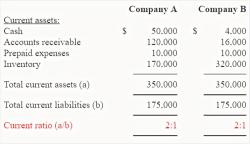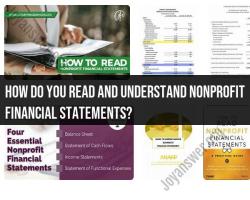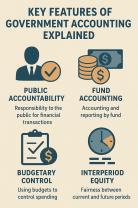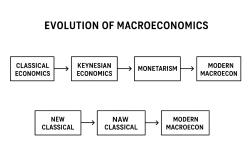Is refinancing easier than getting a mortgage?
Refinancing a mortgage is generally considered to be easier and less complex than obtaining a new mortgage, especially if you've been through the mortgage application process before. Here are some reasons why refinancing is often easier:
Credit and Financial History: When refinancing, the lender already has access to your credit history and financial information from your initial mortgage application. If your financial situation has remained stable and your credit is in good standing, this can make the process smoother.
Less Documentation: Refinancing typically requires less documentation compared to a new mortgage. You won't need to provide as many financial documents as you did when you first purchased the property.
Familiarity: You're already familiar with the property, and the lender has already conducted an appraisal when you bought the house. This eliminates the need for a new appraisal in many cases.
Lower Closing Costs: Closing costs for a refinance are often lower than those for a new mortgage, as you don't have to pay for services like a real estate agent, title insurance, or inspections.
Streamlined Processes: Many lenders offer streamlined refinancing options, such as rate-and-term refinances or streamline refinances for government-backed loans like FHA and VA loans. These programs are designed to simplify the process and reduce paperwork.
However, it's essential to note that the ease of refinancing depends on your individual circumstances and the type of refinance you're pursuing. Some factors that can affect the ease of refinancing include:
- Credit and financial changes since your initial mortgage
- The type of refinance (rate-and-term, cash-out, streamline, etc.)
- The lender's requirements and policies
- Market conditions and interest rates
While refinancing can be easier in many cases, it's not a guaranteed or automatic process. Lenders still evaluate your creditworthiness, income, and the property's value, and you must meet their criteria to qualify for a refinance. Additionally, the savings and benefits of refinancing should align with your financial goals to make it a worthwhile endeavor. It's always a good idea to shop around, compare offers from different lenders, and consult with a mortgage professional to determine if refinancing is the right choice for your specific situation.
Refinancing vs. Mortgage Origination: Is One Easier?
Both refinancing and mortgage origination involve obtaining a mortgage loan, but they differ in their purpose and complexity. Mortgage origination is the process of securing a new mortgage loan to purchase a property, while refinancing involves replacing an existing mortgage with a new one, typically to obtain a lower interest rate or access equity.
Comparing the Complexity of Refinancing and New Mortgages
In general, refinancing is considered to be a less complex process than mortgage origination. This is because the borrower already has a mortgage on the property, and much of the underlying documentation and verification is already in place.
Here's a comparison of the key steps involved in each process:
Mortgage Origination:
Pre-approval: Obtain pre-approval from a lender to determine your borrowing capacity.
Property search: Find a suitable property and make an offer.
Loan application: Complete a detailed loan application and provide extensive documentation.
Home appraisal: An appraiser will assess the value of the property.
Underwriting: The lender will underwrite the loan to approve or deny it.
Closing: Finalize paperwork, sign documents, and transfer funds to complete the transaction.
Refinancing:
Compare interest rates: Research current interest rates and choose a lender.
Refinance application: Complete a simplified refinance application.
Credit check and appraisal: Lenders may conduct a credit check and may require an updated appraisal.
Loan estimate: Receive a loan estimate outlining the terms and costs of the refinance.
Lock in your rate: Secure the interest rate to protect against rate fluctuations.
Closing: Finalize paperwork, sign documents, and transfer funds.
The Relative Ease of Mortgage Refinancing
Several factors contribute to the relative ease of mortgage refinancing:
Simplified Application Process: Refinancing applications typically require less documentation and fewer steps compared to initial mortgage applications.
Existing Relationship with Lender: If refinancing with the same lender, you may have an established relationship and may not need to provide as much documentation.
Pre-Existing Property Valuation: The property has already been appraised, reducing the need for additional valuations.
Limited Scope of Underwriting: Underwriting for refinancing may focus primarily on creditworthiness and income verification, rather than a comprehensive assessment of the borrower's financial situation and the property's value.
Conclusion
While both mortgage origination and refinancing involve obtaining a mortgage loan, refinancing is generally considered to be a simpler and less time-consuming process. This is due to the existing relationship between the borrower and lender, the pre-existing property valuation, and the limited scope of underwriting. However, it's always advisable to consult with a mortgage specialist to assess your individual circumstances and determine the best course of action.













